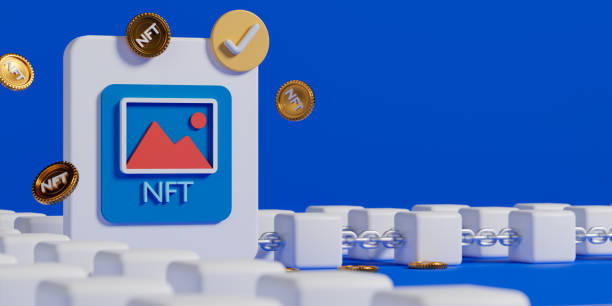If you’ve looked at any of the cryptocurrency markets recently, it’s hard not to notice that things are still a mess. And this isn’t because markets always fluctuate—this is because something fundamental has changed in the way we trade. Our stocks, bonds, commodities and now cryptocurrencies are being traded with what we call “non fungible tokens (NFTs)”.
So what does that even mean? In this post I want to explore why these new tokens have caused so much pain for investors and why they might be doing us a favor in the long run.
1. What are NFTs?
The first question is “what are these new tokens referred to as?” They tend to be called “crypto collectibles”, “crypto collectibles”, “colored coins” (by the Winklevoss Twins) and some other unique descriptions. However, for the sake of this post, we’re going to stick with the commonly used and hyphenated term: non fungible tokens. What all of these names refer to is simply a token that has properties that differ from securities or commodities traded on exchanges.
Colloquially, we can refer to all of these as tokens, but for the sake of clarity and to make sure we’re on the same page, let’s get this terminology out of the way.
In a nutshell, any NFT is a blockchain-based digital asset that cannot be divided into smaller units and has specific features. These features often obey the ERC721 protocol that defines fungible tokens by means of non-fungibility.
A protocol is nothing more than an agreed upon set of rules that all parties follow. With stocks or commodities, there are rules around who can trade them and when they can trade them. There are also rules around trading hours, who can sell or buy, how much you can trade and other very specific restrictions. In a traditional stock market, all of these rules were specified by the regulatory bodies that took a long time to design and craft. However, in the cryptocurrency markets, there is no central body governing the market. This is why we have seen so many different protocols emerge that define what can and cannot be traded. Our website list is here.
2. What is the difference between NFTs and Tokens?
Some NFTs are different from traditional tokens in that they have more complex laws and regulations associated with them. So to further elaborate, a token is not a security. A token can be used for many different things and has no legal or regulatory definition attached to it. Unlike a stock or commodity, there are no laws that regulate what types of tokens can be traded on exchanges—it’s truly up to the individual organization to decide. If someone were to create an ERC20 token today, it would be completely fine if they didn’t comply with all the rules of a stock market, as long as they adhere to the ERC721 standard.
The primary reason for choosing a non fungible token (NFT) is due to a lack of regulation. Essentially, if you wanted to create your own tokens, you could do so today without having to follow the same rules that are applied to stocks or commodities. In other words, there aren’t really any restrictions on how you use these new NFTs and crypto.
3. What are the benefits of using NFTs?
Before we jump into this question, we need to understand why someone would want to use an ERC721 token over an ERC20 token. And to do this, let’s go back to the question of why these tokens are called non-fungible.
A non fungible token is one that can’t be divided into smaller parts. That is, it’s not divisible as a security. That means that if someone wants to use a digital asset platform, they simply can’t create more of them.
Since we don’t know who created the digital asset—we don’t know who has ownership—we also don’t know how many of each asset they have in circulation. In other words, there is no way to know how many tokens someone has or what they are worth. This is a huge advantage over commodity and security-based digital assets for seo link building.
The main benefit of using non fungible tokens is the lack of regulation that comes with them. If you want to create your own digital asset, there are no rules for how much you can create or for how many of them you can create. So this means that anyone can create an infinite amount of these new types of tokens—there just isn’t any standard for how many they may have in circulation.
4. What are the problems that NFTs present?
As with anything, there are pros and there are cons to using NFTs. A lot of these ideas can be applied to the arguments around whether or not we should use digital assets of any kind. In short, a lot of the problems that investors face with these assets come from a lack of information: who owns them, how many do they own and what is their value?
